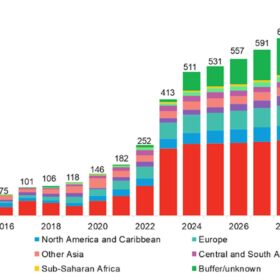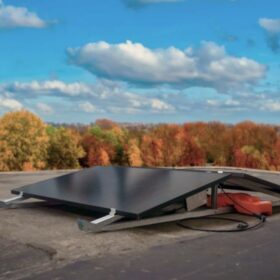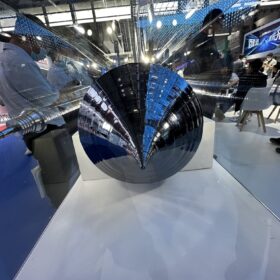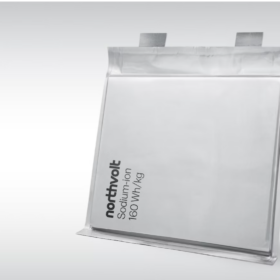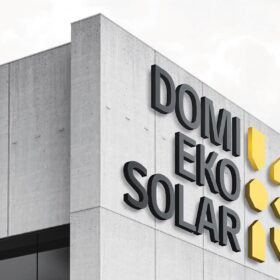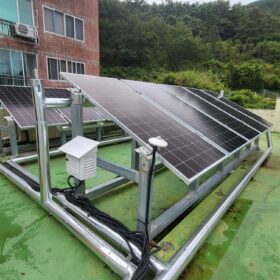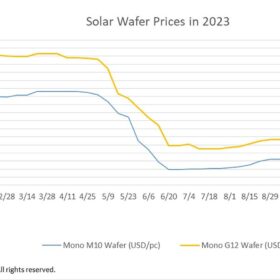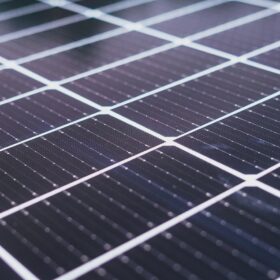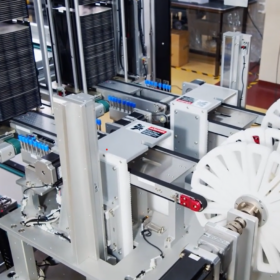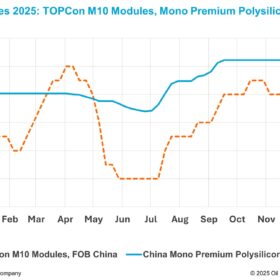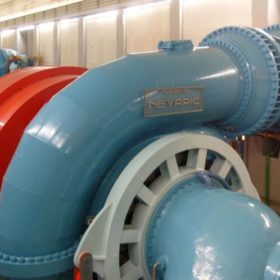New global solar installations to hit 413 GW this year, says BloombergNEF
BloombergNEF says historically low module prices will drive the global solar industry to record installations in 2023.
Dutch startup unveils 600 W two-module residential rooftop PV system
Netherlands-based developer of lightweight PV systems, Rable Group, claims its new rooftop PV solution can be installed in 20 minutes without the need for special permitting or modifications to the fuse box.
The Hydrogen Stream: Odisha approves four green hydrogen, ammonia projects worth INR 45,865 crore
The state government of Odisha has approved green hydrogen and green ammonia projects of Welspun New Energy, Sembcorp Green Hydrogen, and ReNew E-Fuels.
Polysilicon prices could hit all-time low by year-end
Bernreuter Research says in a new report that it expects polysilicon prices to soon dip below the historical low of $6.75/kg, which was reached in June 2020. It says global polysilicon capacity could hit 2.75 million metric tons (MT) by the end of December, with just 200,000 MT of the total outside of China.
Northvolt unveils 160 Wh/kg sodium-ion battery
Swedish battery maker Northvolt has developed its first sodium-ion battery in partnership with Uppsala University spinoff Altris. The cell has been validated for an energy density of more than 160 Wh/kg and is designed primarily for energy storage applications.
Serbia’s Domi Eko commissions 150 MW TOPCon solar module factory
The factory is located in Velika Plana, central Serbia. The production equipment was provided by Italian manufacturer Ecoprogetti.
Retrofit solution to convert rooftop PV systems into photovoltaic-thermal arrays
Scientists in Korea have proposed a simple methodolgy to tranform existing PV systems into photovoltaic-thermal (PVT) arrays. They claim the new design offers a cheaper alternative to expensive PVT systems, while enabling easier and faster deployment.
The Hydrogen Stream: Germany, Italy plan hydrogen pipeline to North Africa
Germany, in collaboration with Italy, has revealed plans to import hydrogen from Northern Africa.
Solar wafer prices marginally rise, supported by currency exchange rate
In a new weekly update for pv magazine, OPIS, a Dow Jones company, provides a quick look at the main price trends in the global PV industry.
Solar module prices may reach $0.10/W by end 2024
Tim Buckley, director of Climate Energy Finance, speaks to pv magazine about the current steep trajectory of solar module prices. He estimates that PV panels prices will end up dropping by 40% this year and predicts the closure of old technology and sub-scale solar manufacturing facilities, both in China and globally.
